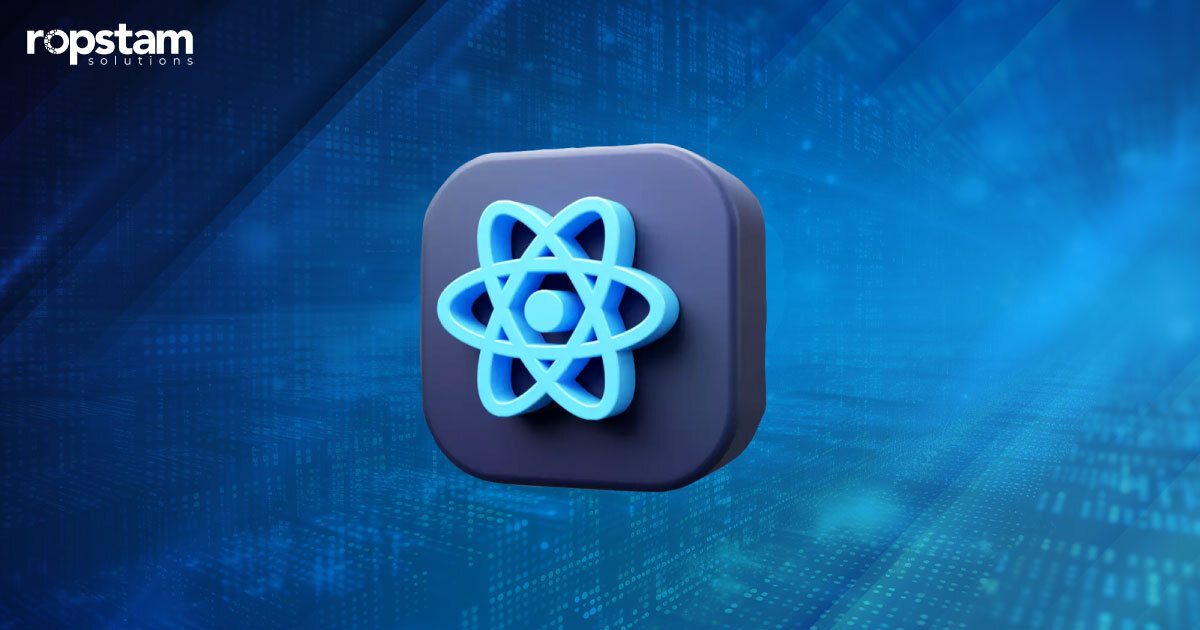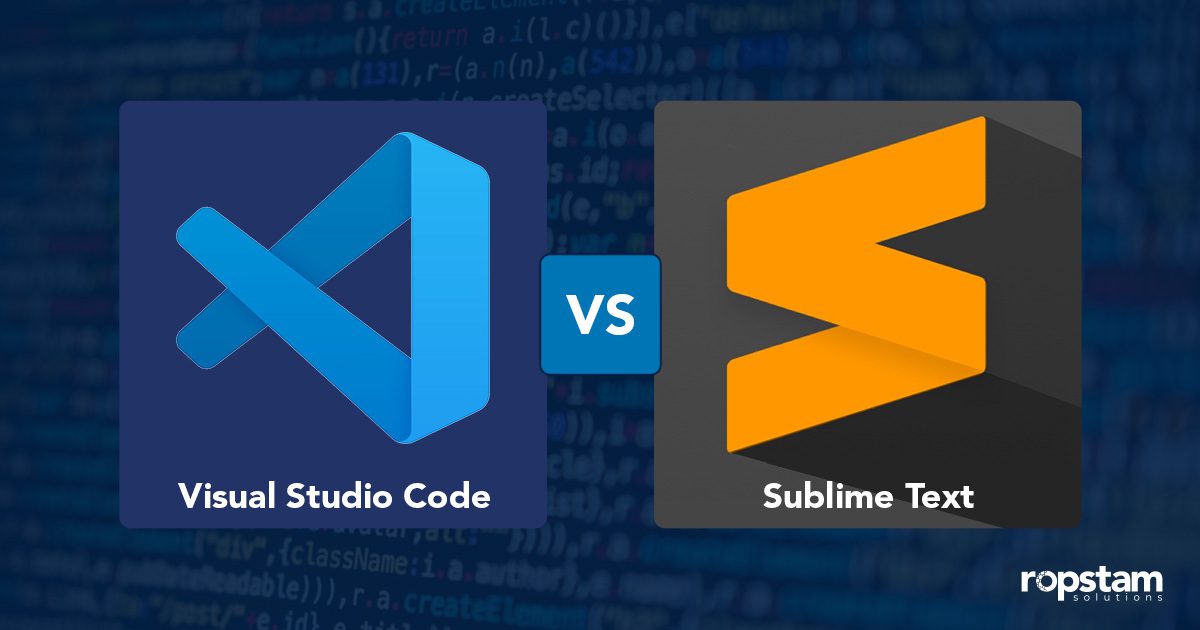Programming languages play a crucial role in shaping our digital experiences daily. Whether you’re a novice developer or an experienced professional, choosing the correct programming language for your project can make all the difference. PHP and JavaScript are two of the most widely used languages in web development, both essential in their ways. However, knowing when to use one over the other can be challenging.
Both PHP (Hypertext Preprocessor) and JavaScript have stood the test of time in web development. While PHP has traditionally been the preferred language for server-side development, JavaScript has evolved into a comprehensive language that can now be utilized on both the client and server sides, thanks to technologies like Node.js.
Selecting the correct language for your project is not about determining which language is superior but rather about choosing the one that best suits your needs. This blog will guide you through the strengths and weaknesses of each language to help you make an informed decision based on your project requirements.
What is PHP?
PHP, which stands for Hypertext Preprocessor, is a server-side scripting language made for web development and used as a versatile programming language. It has emerged as one of the most extensively used languages for server-side programming. Its primary functions include managing the backend of websites, interacting with databases, handling form data, and dynamically generating content.
PHP fuels over 75% of all websites that employ a server-side programming language, powering significant platforms such as WordPress, Joomla, and Drupal.
Advantages of PHP
- PHP is considered easy to learn, especially for beginners. Its simple syntax allows developers to start quickly, making it a popular choice for new programmers.
- PHP has been around for decades, meaning it has a massive community of developers. This support includes abundant tutorials, forums, and pre-built libraries, making finding help or solutions to problems easy.
- PHP is an open-source language that is free to use. This reduces costs and allows developers to modify it according to their needs without licensing restrictions.
- PHP is optimized for server-side tasks like interacting with databases and processing dynamic content. It’s beneficial for creating dynamic websites and handling user requests.
- Many popular content management systems (CMS), like WordPress and Drupal, are built using PHP. This makes it easy for developers to create or modify sites on these platforms.
Disadvantages of PHP
- While PHP can be secure, it is also notorious for being vulnerable, especially when developers must follow best coding practices or use outdated libraries.
- PHP may need help scaling large, complex applications. While it works well for small—to medium-sized websites, large projects may require additional optimization or the use of other languages for specific tasks.
- PHP is a server-side language that is unsuitable for tasks requiring client-side interactions, such as dynamic updates that do not require refreshing the browser.
What is JavaScript?
JavaScript is a versatile programming language used for both client-side and server-side development. Initially designed to add interactivity to web pages, it has evolved into a full-fledged language to develop complex web applications, mobile apps, and server-side code (via Node.js).
JavaScript, a core web technology, enables dynamic content and interactive website features.
Advantages of JavaScript
- JavaScript excels at client-side scripting, enabling dynamic behavior within the browser without reloading the page. This allows for smoother user experiences like interactive forms and real-time updates.
- With the introduction of Node.js, JavaScript can now be used for both client-side and server-side development, allowing developers to use a single language across the entire stack.
- JavaScript can run directly in the browser without needing to communicate with the server for every interaction, making it faster and more responsive for users.
- JavaScript has an enormous ecosystem, including frameworks like React, Angular, and Vue.js, making building complex and dynamic user interfaces easier.
- JavaScript supports asynchronous operations, allowing multiple tasks to be handled simultaneously and improving performance for real-time applications.
Disadvantages of JavaScript
- JavaScript is executed on the client side, meaning it’s vulnerable to cross-site scripting (XSS) attacks and other security risks. Proper precautions must be taken to guarantee a secure code.
- While modern browsers handle JavaScript well, older browsers may only partially support the latest features, requiring additional compatibility work.
- Although JavaScript’s ecosystem is vast, developers can become reliant on third-party libraries, which can sometimes introduce security vulnerabilities or compatibility issues.
PHP vs. JavaScript: Factor-Wise Comparison
Now that we’ve covered the basics let’s compare PHP and JavaScript based on critical factors.
Execution with the browser
- PHP: PHP is a server-side language, meaning all code is executed on the server. The browser sends a request to the server, and PHP processes the request and sends the HTML output back to the browser. The user does not see the actual PHP code.
- JavaScript: JavaScript is primarily a client-side language executed directly in the browser. The user interacts with the web page, and JavaScript makes changes or updates to the page in real time without requiring a server-side request.
Outcome
JavaScript – For dynamic web pages and interactive applications, JavaScript’s client-side execution is more efficient.
Database integration
- PHP excels at interacting with databases, especially MySQL. It allows developers to seamlessly connect to databases, retrieve data, and display it on the webpage. PHP’s integration with relational databases is one of its most vital features.
- JavaScript can interact with databases when used with server-side platforms like Node.js. However, it typically requires additional libraries or frameworks for database operations, such as MongoDB for NoSQL databases.
Outcome
PHP’s approach to relational database integration is straightforward and reliable, providing developers with a secure and confident foundation for their projects.
Case Sensitivity
- PHP is partially case-sensitive. Function names are not case-sensitive, but variable names are. If developers are careful with naming conventions, this can lead to clarity and errors.
- JavaScript is entirely case-sensitive. This means variable names, function names, and keywords require consistent capitalization.
Outcome
JavaScript’s complete case sensitivity guarantees a high level of predictability in code behavior, offering developers reassurance in their coding practices.
Learning Curve
- PHP’s simple syntax and wide availability of learning resources make it an encouraging and motivating choice for beginners, especially those interested in web development.
- JavaScript has a steeper learning curve, mainly because it can be used for both front-end and back-end development. Understanding concepts like event-driven programming and asynchronous processing can take time.
Outcome
PHP is known for being beginner-friendly and relatively easy to learn and use.
Speed
- PHP can be slower than JavaScript, especially for large applications or in cases where frequent client-server communication is required. However, PHP 7 introduced significant performance improvements.
- JavaScript’s speed largely depends on the browser’s processing power. Since JavaScript runs directly in the browser, it can handle user interactions and updates faster than PHP for client-side tasks.
Outcome
JavaScript is faster for client-side tasks because it is executed directly by the browser, eliminating the need to communicate with a server for processing, which results in quicker response times and improved performance for interactive tasks like form validation and dynamic content updates.
Conclusion
PHP and JavaScript are potent languages, and deciding between them largely depends on your project’s requirements. JavaScript is superior to creating a dynamic, interactive web application requiring client-side responsiveness. PHP is an excellent solution if you focus on server-side tasks such as managing databases and generating dynamic HTML.
In many systems, the optimal approach may involve using both languages in conjunction: PHP for server-side tasks and JavaScript for client-side interactivity. Ultimately, your decision should be influenced by the project’s scope, performance needs, and your development team’s expertise.













